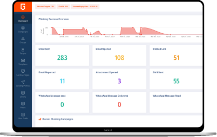Biometric Authentication
The history of bio-metrics used as an authentication tool dates to the 1800s. It was first used by the French to identify criminals through their fingerprints, which later the English police commissioner, Edward Henry, developed HCS “Henry Classification System”. It was a system that relied on fingerprints to identify people who have been prosecuted, it was a prime way of classification used by the police during the 20th century. As the years continued, new biological traits started being used in biometric authentication which in result are replacing traditional methods of authentication.

Any invention introduced in the cyber world has a flaw, nothing is 100% secure, this applies to bio-metric authentication as well. Being able to identify yourself in a contact-less way is convenient but how do you ensure the safety of your data? And what are the different types of bio-metric authentication available?
What is Biometric Authentication?
Biometric authentication refers to a security process that depends on biological attributes such as fingerprints, irises, voices, facial features, and even ear shapes to validate a user’s identity. This type of authentication is not something recent as many assume, it dates back in history earlier than we think. Passwords were invented in 1961, while the usage of fingerprints started approximately 80 years earlier.
Companies and organizations are now upgrading and opting to use bio-metrics as their main method to identify their clients rather than the traditional utilization of passwords.
According to Frost & Sullivan’s bio-metrics report, the market of bio-metric technology will reach $45.96 billion in 2024 and a soaring $76.64 billion 3 years later, as predicted in another report (Research and Markets Global Bio-metrics Industry Report 2020).
These statistics confirm the prominence of the bio-metric authentication market and how in the following years it will surpass the old-fashion passwords method of authentication.
In 2011, Motorola released the first phone that opens via fingerprint which became very popular among society for its convenience, 2 years later Apple introduced the Touch ID then upgrading to the Face ID 4 years after. Many were satisfied with these new features and amazed by the advancement of technology. This improved Apple’s sales, which encouraged fellow companies to follow suit and utilize different types of bio-metric authentication.
Biometric Authentication Types
There are three main types of bio-metrics, biological, behavioral, and morphological:
The first is biological bio-metrics which depends on the usage of genetic and molecular characteristics which include elements like your DNA, blood, and saliva. An individual’s identity is determined by analyzing their genetic segments.
This type of bio-metric authentication is mainly used by forensic scientists, they use the information from the blood samples to profile bodies or present the DNA results as a piece of evidence in court cases.
The second is behavioral. This type of bio-metrics incorporates the structure of your body. It is a branch of science concerned with the measurement of uniquely identifiable and measurable patterns in human behavior such as how you talk, walk and the way you type on a keyboard, etc.
Government facilities and financial institutions are the main business that employ this type of authentication, especially mobile banking apps because it adds an extra layer of security by evaluating the unique ways users interact with their devices, such as keystrokes, swipe patterns, scroll speed, and so on. This type of authentication involves many methods such as Voice IDs, signature analysis in addition to gait analysis.
Lastly, is morphological which is the most used by organizations and companies. It involves physical traits such as fingerprints, vein patterns, face shape, and eyes. As mentioned previously, mobile devices that opened with your fingerprint were the first to generate interest in morphological identification. It introduced convenience and a sense of security that passwords do not offer. And currently, most working facilities use fingerprints for the employees to clock in.
The most advanced types are vein and iris recognition. In vascular bio-metrics, it captures vein images in eyes, palms, and fingers and they use this type of identification in law enforcement, border control, and corporate banking.
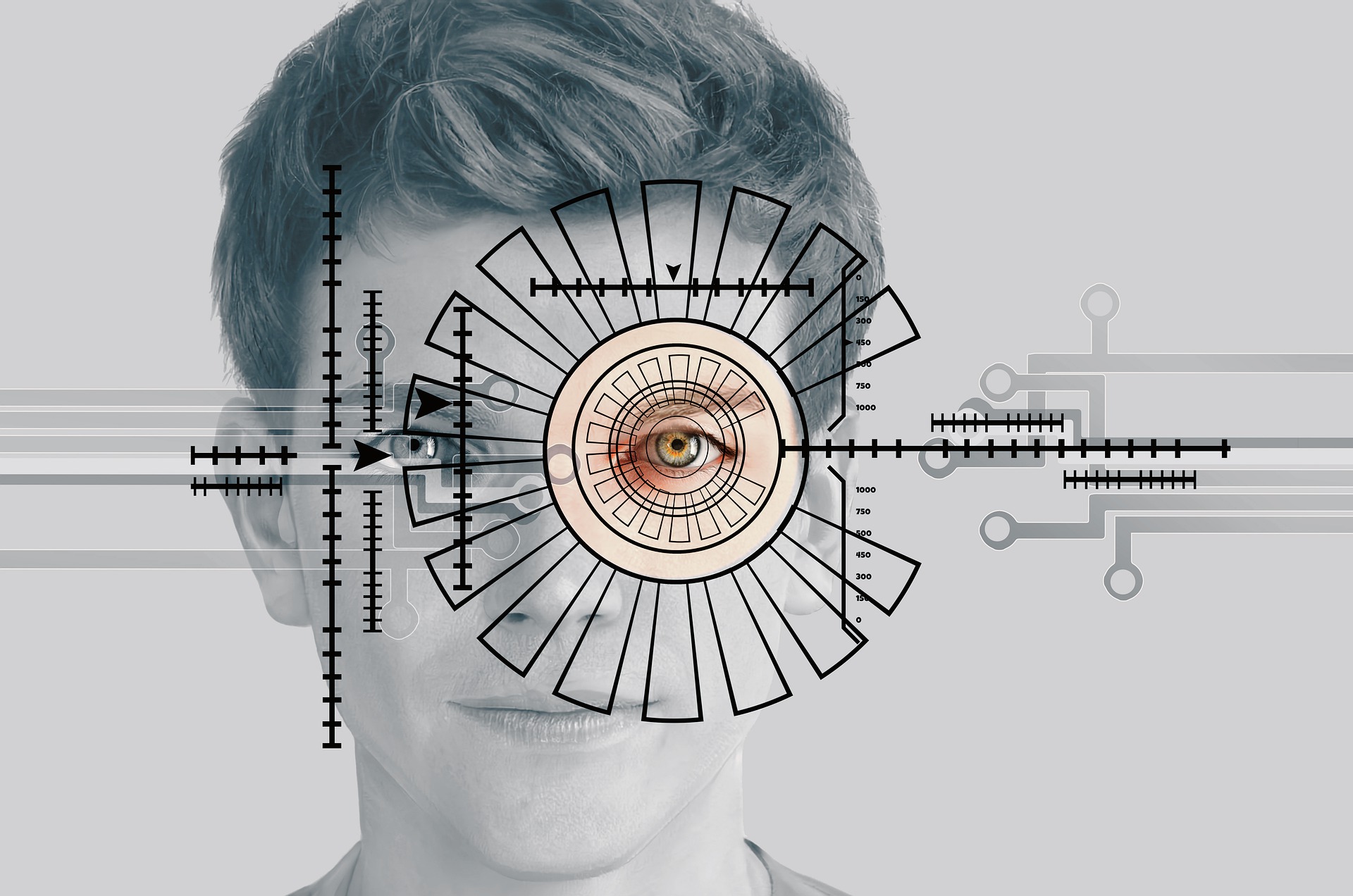
The popularity of this type of authentication has increased which led to customers not feeling secure with the use of PINs, passwords, or ID numbers to protect their data, and many do not expect that even bio-metric methods of authentication experience security breaches and are vulnerable to attacks.
What are the Advantages and Disadvantages of Biometric Authentication?
Banks, hospitals, and companies have implemented the usage of contact-less authentication since 2013 and unfortunately, society only concentrated on its benefits neglecting the possible risks. A survey conducted by Visa revealed that a high percentage of people, reaching 86%, were more comfortable with using bio-metric authentication than traditional passwords.
With this large acceptance and reliability on bio-metrics, it led to companies ensuring the security of their bio-metric devices to secure the data of their clients because once it has been breached, there is no coming back.
The advantage of bio-metrics is the contact-less feature especially with the recent pandemic the world is weary of its surroundings making bio-metrics the safer option.
Also, one of its perks is not being able to lose or forget your means of identification unlike a password or pin leaving the individual with a sense of security. This led healthcare institutions to invest in contact-less authentication to limit and prevent identity theft and this investment will reach $2,848.3 million by the end of 2021.
As for the disadvantages, the cost of these machines and occasional inaccuracy is one of its drawbacks. Also, when a person’s physical traits have the slightest change, such as a cut or a burn on a finger or wearing contacts, the machine will not be able to verify their identity. A major problem is when a person’s bio-metric information has been stolen it cannot be altered, unlike passwords.

Due to it being a characteristic ingrained in a persona DNA and physicality. But hacking scares are limited due to it being more complex to do so but a group of German researchers were able to prove otherwise.
They tricked a vein authenticator with a hand made of wax and with multiple tries they were successful. Jan Krissler, one of the researchers, “was quite surprised that it was so easy” which opened the eyes of others.
The reliability of this is still at question, can organization trust their data with these machines?
In conclusion:
Every service available in the cyber world has advantages and disadvantages but with the right precautions and knowledge, it could limit any damage and provide its users with a safer experience. The reliability and security of biometric authentication is still disputed but one cannot deny the convenience and benefits of it.
Companies and organizations have become dependent on it and many more are adapting to these changes and what is important is being aware that it is not risk free and is vulnerable to a cyber breach. Revolutionary achievements have occurred in the bio-metric world, and it continues to do so. Companies must be extra diligent in how that data is stored if they are planning to utilize it to secure sensitive data.
Read Also: MFA- Multi Factor Authentication
Does convenience outweigh safety?
Share this article:
Popular

Tips To Be Cyber Protected While Traveling
Goodbye worry! A safe journey in the digital world With all the modern wonders of the digital world, we trust communication technologies on our journeys. There is no doubt that the travel experience is always more beautiful and enjoyable, but it can also pose a range of risks, especially when it comes to cybersecurity. Travelers may fall victim to phishing, Wi-Fi network spying, and theft of their personal data, which can make their journey filled with worries and tension. With the increasing prevalence of cyber threats, it is essential for travelers to follow some guidelines to protect their devices and ...
1st Apr 2024
Push Authentication: A New Era in Multi-Factor Authentication
Want To Say Goodbye To Passwords and OTP Codes? Discover Push Authentication! It is easy for your password to be compromised through phishing attacks, even if it meets the cybersecurity strong password standards and is difficult to predict So we must get to know the technique of Push based Authentication. Some may recommend that you use Multi-Factor Authentication (MFA) to increase your security. Multi-Factor Authentication (MFA): MFA is the process of logging into your account through multiple steps. It requires you to enter more information, not just your password. But there is another obstacle that arises when using such ...
14th Feb 2024
The Difference Between Phishing Attacks
The Difference Between Phishing Attacks Phishing attacks are harmful attacks used by criminals to steal personal and financial information from individuals and businesses. Attacks on individuals and businesses are becoming more common as we use the internet and technology more often in our daily lives. Phishing attacks involve the use of dishonesty and fraudulent methods to fool consumers into believing they are interacting with the trustworthiness of an unsuspecting destination, such as banks, email companies, or social media platforms. But what is the difference between phishing attacks? How can individuals and organizations protect themselves from such attacks? That is what ...
17th Jul 2023
Understanding of the Vishing Meaning
Understanding of the Vishing Meaning Vishing, a combination of “voice” and “phishing,” is a sophisticated form of cybercrime that exploits voice communication to trick individuals and extract sensitive information. In this comprehensive guide, we will explore the meaning of it, the dangers associated with it, and effective methods to protect yourself against these malicious attacks. What is Vishing meaning? Vishing refers to the fraudulent practice of using telephone services to trick individuals into revealing personal and financial information. Scammers often pose as trusted organizations or individuals to gain their victims’ trust. By using social engineering tactics and manipulating ...
5th Jul 2023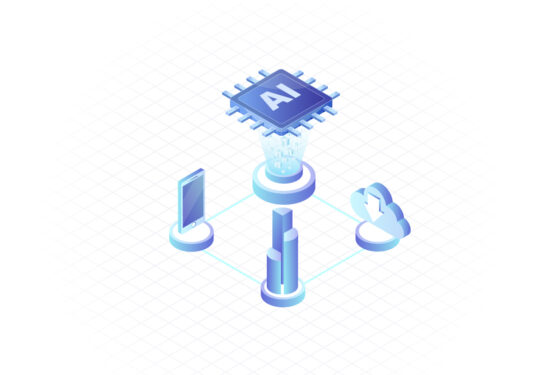
How could Artificial Intelligence tools threaten cybersecurity
How could Artificial Intelligence tools threaten cybersecurity? As Artificial Intelligence Tools become more sophisticated, they can be used to launch cyber attacks that are more complex and difficult to detect. In this article, we will explore how AI tools could threaten cybersecurity and what measures can be taken to mitigate these threats. Artificial Intelligence (AI) became popular today, and it is one of the most important terminologies in our current era, though it has been around since the 1950s. AI relies on the development of systems and technologies that help to do tasks by the simulation of human intelligence ...
11th May 2023
Cerebra is participating at GISEC 2023
We are thrilled to announce that we are going to GISEC 2023 and would like you to join us! Visit Cerebra at GISEC 2023 Hall #4 stand SP62 in Dubai World Trade Center from 14-16 March. GISEC Global is the leading gathering ground for the cybersecurity community worldwide. Top cybersecurity enterprises from 40 countries, CISOs from major corporations across the Middle East, Africa & Asia, government dignitaries and cyber leaders, regional and international innovators, and global experts collaborated to lead cybersecurity transformations across sectors and nations decisively. Get a chance to preview our latest Cybersecurity products: PhishGuard is the Phishing stimulations solution that raises the employees cybersecurity awareness ...
13th Mar 2023
6 Tips to create a strong password easily!
Create a strong password easily! Today it’s very important to everyone who have an account either on social media or any other websites or services to Create a strong password, because you have to treat your password as your best stuff’s and protect it from others. Learn now the easiest and best tips you have to follow to make a strong password.. What is Password? A password is a string of characters that provides access to a digital system or service. It is a crucial security measure that helps to protect sensitive information from unauthorized access. Passwords can be as simple as a word ...
1st Feb 2023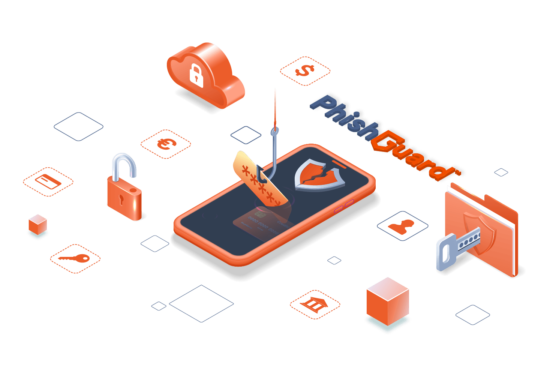
Employees and cyber security: dangerous statistics about Phishing
Employees and cyber security The relationship between employees and cyber security this days must be tight and your company have to give it the right care if you want to keep your data and your business secure.. According to insights from our leading Phishing simulation tool PhishGuard, 58% of users in Saudi Arabia have opened at least one phishing email. These insights reveal that at least one out of four employees have interacted with a phishing email, either by clicking on a link or downloading a malicious attachment. In some cases, employees have gone further and submitted their personal information ...
26th Oct 2022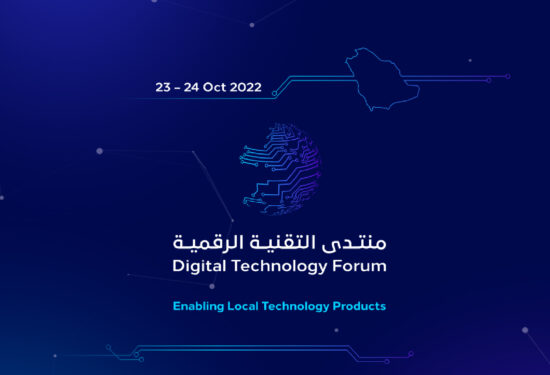
LinQ2’s Participation at CITC Digital Technology Forum 2022
We are happy to announce that our product LinQ2, has been chosen to participate in CITC annual Digital Technology Forum, in addition to being nominated for the Top Technical Product award. The theme of this year’s forum is “Enabling Local Technology Products“. The Communication & Information Technology Commission (CITC) has recognized our efforts and achievements with our enterprise messaging gateway LinQ2. As our product can seamlessly and securely process messages from and to applications and systems, as well as have the ability to integrate with different channels and connection options. We at Cerebra continuously strive to become one of the ...
20th Oct 2022



